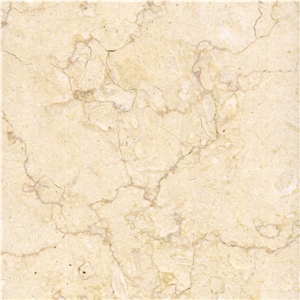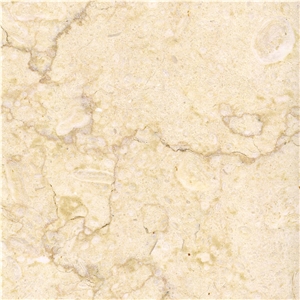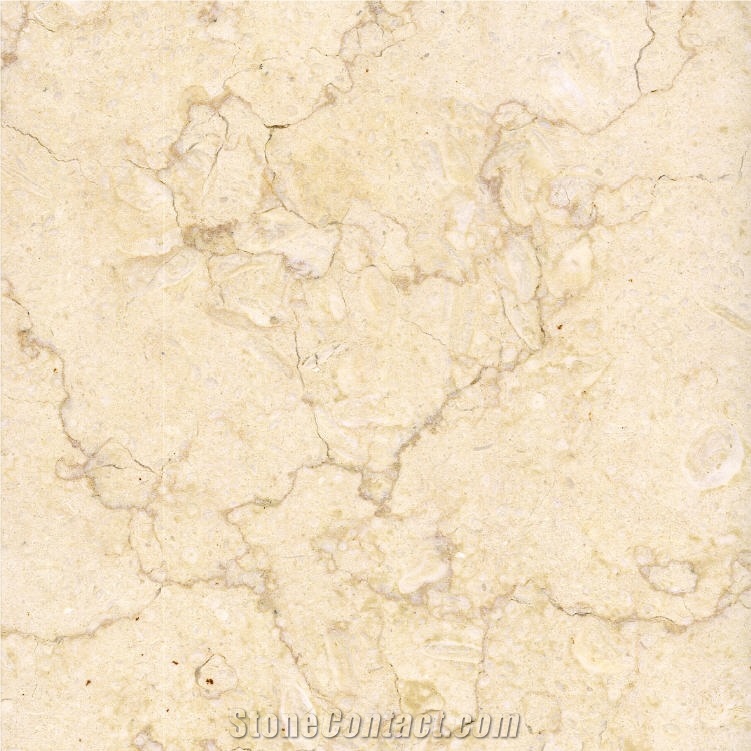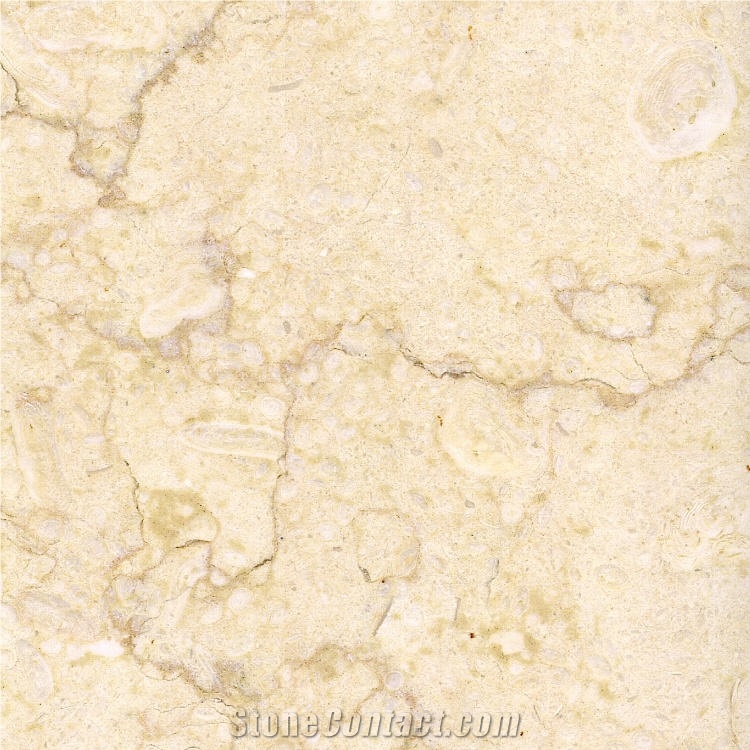Pyramids Marble
 Egypt
Egypt
Pyramids Marble is a kind of golden beige marble quarried in Egypt. This stone is especially good for Building stone, sinks, monuments, pool coping, sills, ornamental stone, interior, exterior, wall, floor , paving and other design projects. It also called Pyramids Golden Marble,Sunny Gold Marble,Pyramids Beige Marble,Pyramids Marble,Pyramid Gold Marble . Pyramids Marble can be processed into Polished, Sawn Cut, Sanded, Rockfaced, Sandblasted, Tumbled and so on.

Can Egypt's Pyramids Marble be used exterior applications in cold climates?

Can Egypt's Pyramids Marble be used in landscaping?

What is the coefficient of friction of Filled Egypt's Pyramids Marble tiles?

What grade is Egypt's Pyramids Marble?

Is Egypt's Pyramids Marble an expensive stone?

Can Egypt's Pyramids Marble be used in a office?

Are there color variations of Egypt's Pyramids Marble?

How thick is Egypt's Pyramids Marble slabs?

Can Egypt's Pyramids Marble be used outdoors?
-

 Pakistan
Pakistan
 2YRDiamond members are premium members on platform, providing members with comprehensive approach to promoting their products, increasing products exposure and investment return to maximize.
2YRDiamond members are premium members on platform, providing members with comprehensive approach to promoting their products, increasing products exposure and investment return to maximize.
Contact Supplier
-

 Pakistan
Pakistan
 2YRDiamond members are premium members on platform, providing members with comprehensive approach to promoting their products, increasing products exposure and investment return to maximize.
2YRDiamond members are premium members on platform, providing members with comprehensive approach to promoting their products, increasing products exposure and investment return to maximize.
Contact Supplier
-

 Pakistan
Pakistan
 2YRDiamond members are premium members on platform, providing members with comprehensive approach to promoting their products, increasing products exposure and investment return to maximize.
2YRDiamond members are premium members on platform, providing members with comprehensive approach to promoting their products, increasing products exposure and investment return to maximize.
Contact Supplier
-

 Pakistan
Pakistan
 2YRDiamond members are premium members on platform, providing members with comprehensive approach to promoting their products, increasing products exposure and investment return to maximize.
2YRDiamond members are premium members on platform, providing members with comprehensive approach to promoting their products, increasing products exposure and investment return to maximize.
Contact Supplier
-

 Pakistan
Pakistan
 2YRDiamond members are premium members on platform, providing members with comprehensive approach to promoting their products, increasing products exposure and investment return to maximize.
2YRDiamond members are premium members on platform, providing members with comprehensive approach to promoting their products, increasing products exposure and investment return to maximize.
Contact Supplier
-

 Pakistan
Pakistan
 2YRDiamond members are premium members on platform, providing members with comprehensive approach to promoting their products, increasing products exposure and investment return to maximize.
2YRDiamond members are premium members on platform, providing members with comprehensive approach to promoting their products, increasing products exposure and investment return to maximize.
Contact Supplier
-

 Pakistan
Pakistan
 2YRDiamond members are premium members on platform, providing members with comprehensive approach to promoting their products, increasing products exposure and investment return to maximize.
2YRDiamond members are premium members on platform, providing members with comprehensive approach to promoting their products, increasing products exposure and investment return to maximize.
Contact Supplier
-

 Pakistan
Pakistan
 2YRDiamond members are premium members on platform, providing members with comprehensive approach to promoting their products, increasing products exposure and investment return to maximize.
2YRDiamond members are premium members on platform, providing members with comprehensive approach to promoting their products, increasing products exposure and investment return to maximize.
Contact Supplier
-

Pyramids Stones For Marble & Granite Co.
 Egypt
Egypt
 Verified Supplier is for prove company authenticity,including business license,trade license and effective office space,to enhance buyers' trust to suppliers and their products, reducing communication costs.
Verified Supplier is for prove company authenticity,including business license,trade license and effective office space,to enhance buyers' trust to suppliers and their products, reducing communication costs.
Contact Supplier
-

The request includes: 1. surface finished, size 2. quantity required
 Ple***Wrote:
Ple***Wrote:
Hi, I would like to buy three 18x18 inch tiles made of Pyramids Marble, also known as Sunny Gold Marble, shown in the attached image. What is the price?









